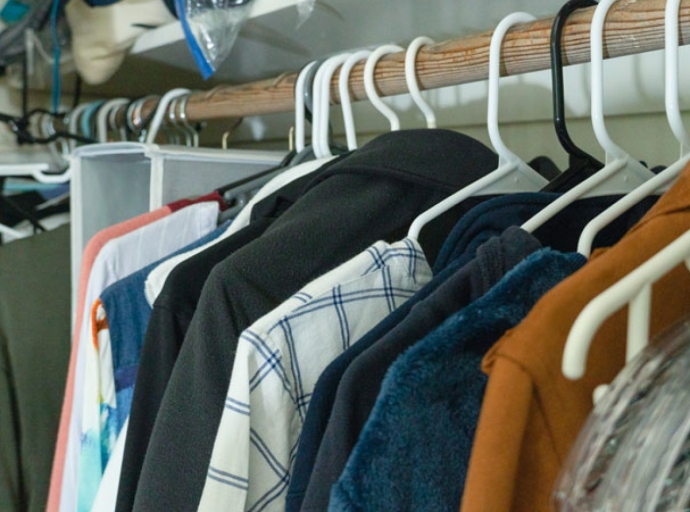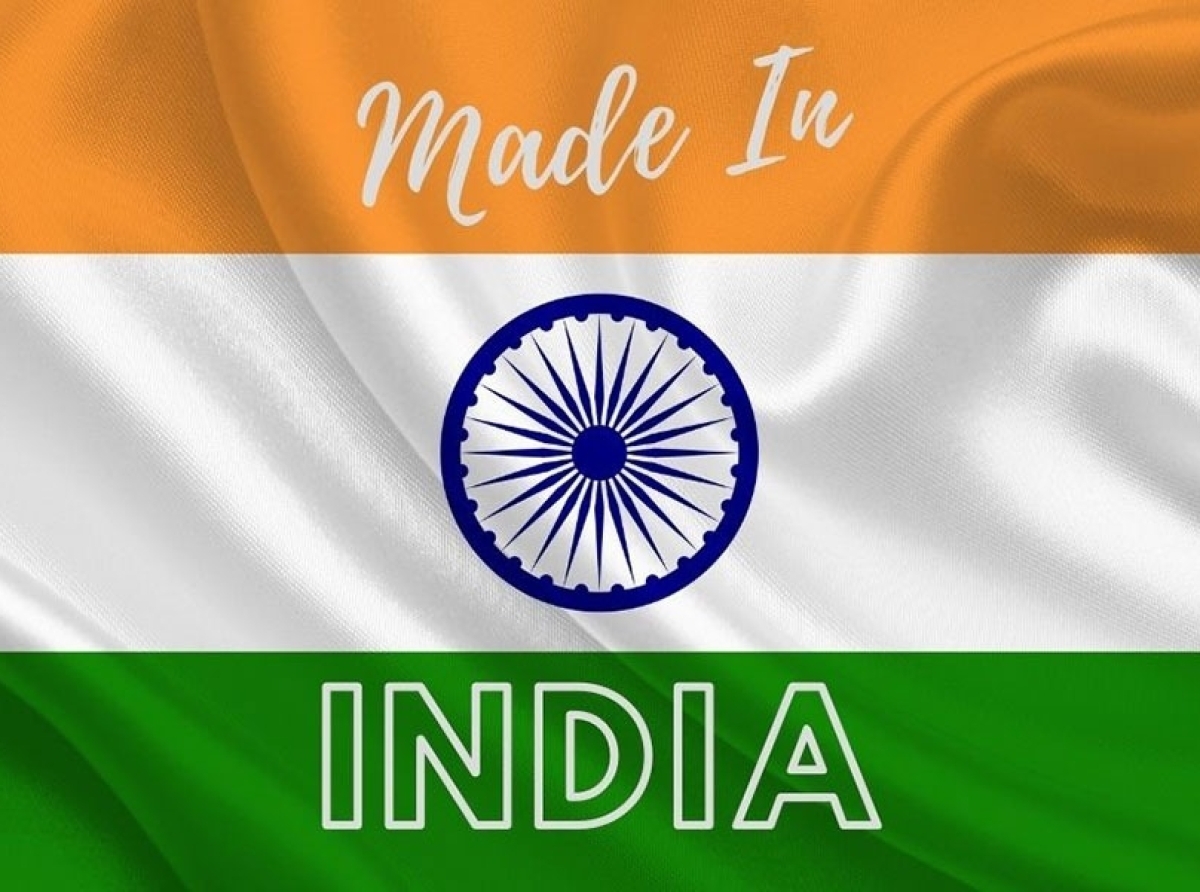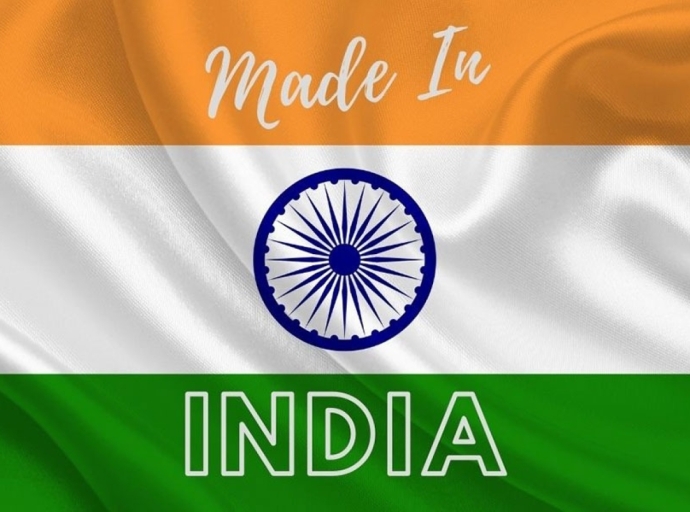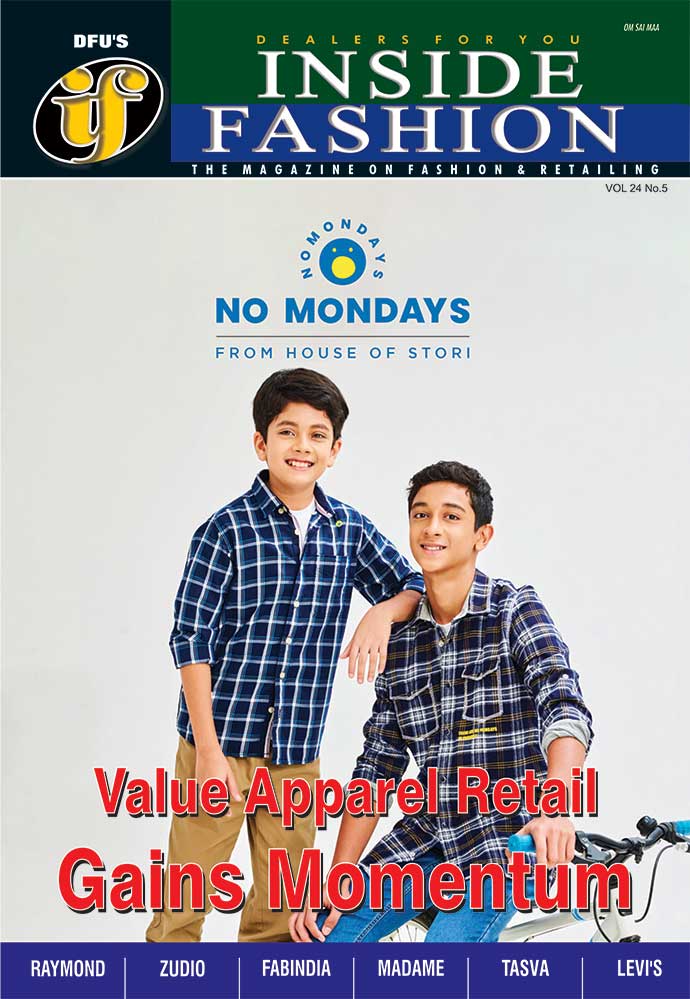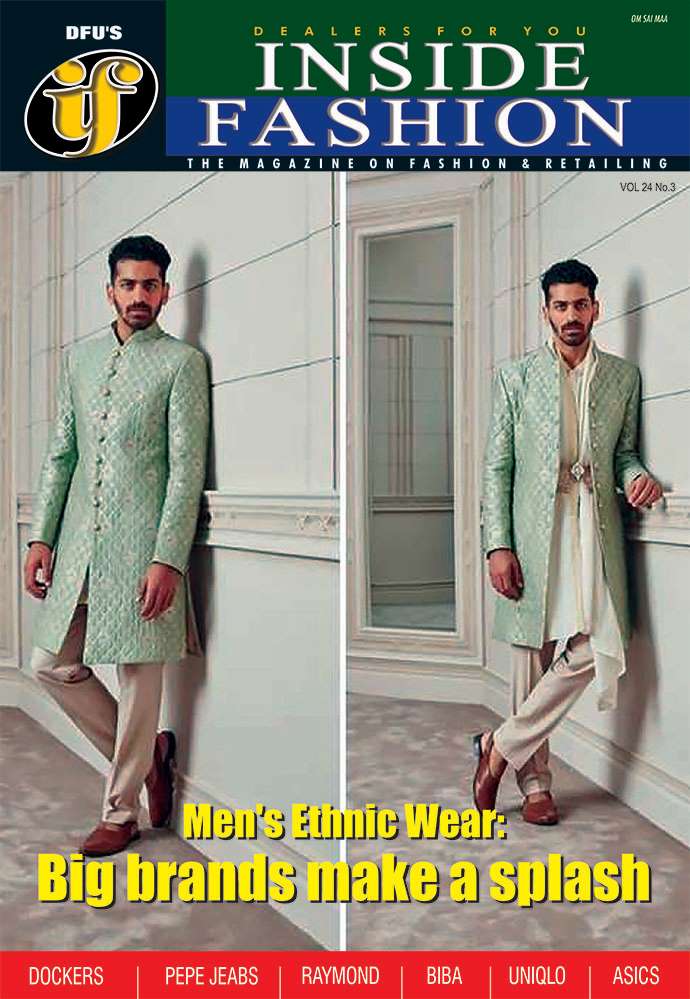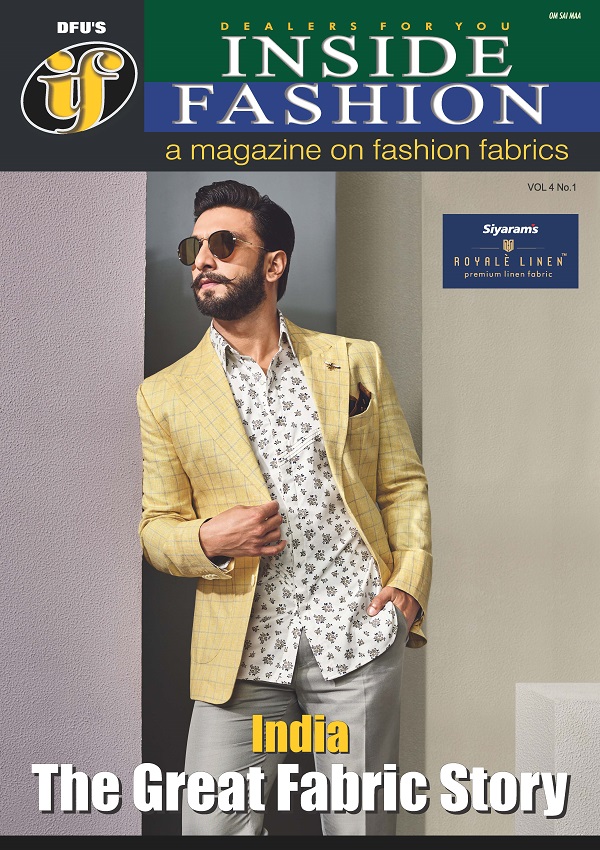12 July 2022, Mumbai:
An Overview
Post-Covid optically the consumer buying attitude towards apparel buying as a societal behavioral change is promising a huge potential & has bearing on the impending shift in the way the fashion industry used to work, quite optimistically which would cascade through the supply chain and drive a sea perceptional change towards putting the circular economy at the center stage of the fashion industry’s approach.
One of the growth pillars in recent years has been 'Fast fashion' construed to be a linear business model with the caveat of faster fashion turnaround clearly on the back of a rapid supply chain, all along the line.
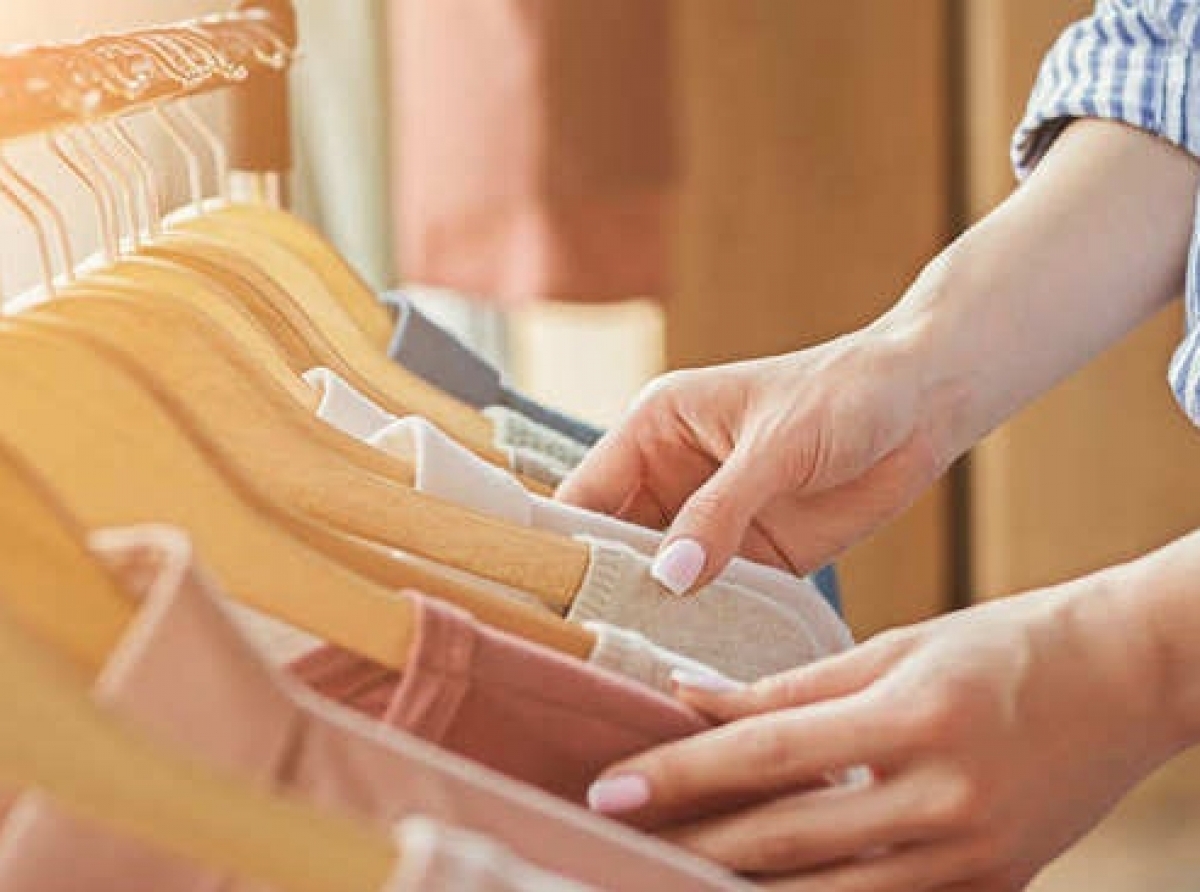
The great majority of consumer fashion is caught in a linear paradigm, with most old clothing being discarded at an ever-increasing rate since it is believed to have little value.
A significant shift in the fashion business, which would ripple back through the supply chain and propel a step toward placing the circular economy at the core of the fashion industry's strategy, might result if customer attitudes regarding purchasing clothing significantly shift.
ALSO READ Urban consumers cut back on apparel spending amid rising inflation: Survey

Consumers may promote better knowledge, comprehension, and transparency by using their purchasing power to demand progressive change and circular models that aim to boost quality, reusability, recyclability, and recycled content.
To tackle the difficult problems posed by this complex business and advance toward a more socioeconomically and ecologically conscientious fashion industry, building trust and collaboration along the supply chain will be vital.
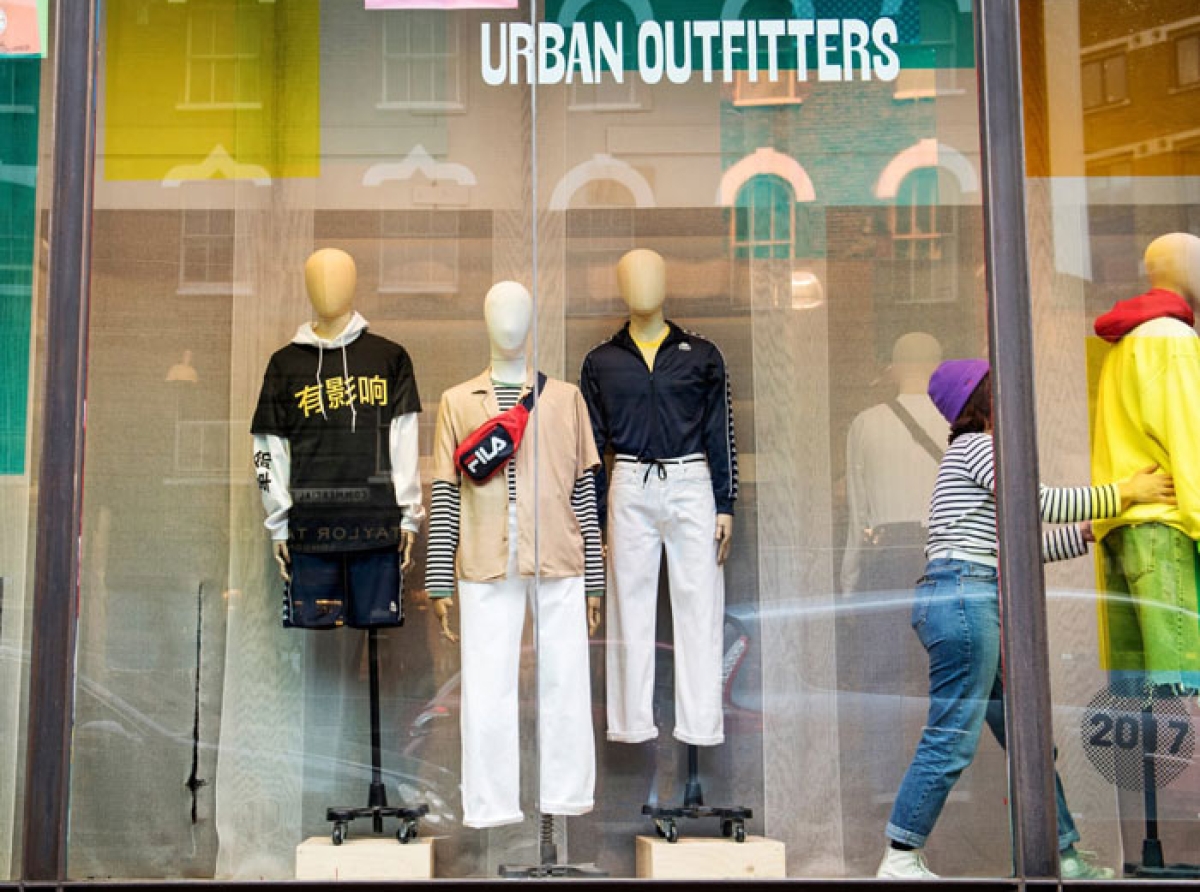
ALSO READ CMAI: Covid19 made apparel brands & consumers price conscious
Around 150 billion pieces of clothing are produced annually worldwide, and their average price is steadily declining.
Customers wear products fewer times before deciding to throw them away as a result, which lowers the quality and value attached to that item. Clothing manufacturing increased twofold between 2000 and 2014, whereas wear rates fell by almost 40% between 2012 and 2016.
RELEVANT NEWS Consumers look to buy cheap garments from Bangladesh
Planned obsolescence and overproduction have recently increased as a result of modern civilization. Fast fashion is a linear business strategy that prioritizes a short supply chain and works to create, produce, and distribute new clothing products quickly.
This strategy succeeds because of the low cost of labor, the constancy of fashion trends, and, most crucially, the rise in consumer demand and spending power. People are assessed by the brands and fashions they wear, which has been a long-standing and underlying theme.
As a result, vast sums of money are spent on marketing the newest, ever-evolving trends.
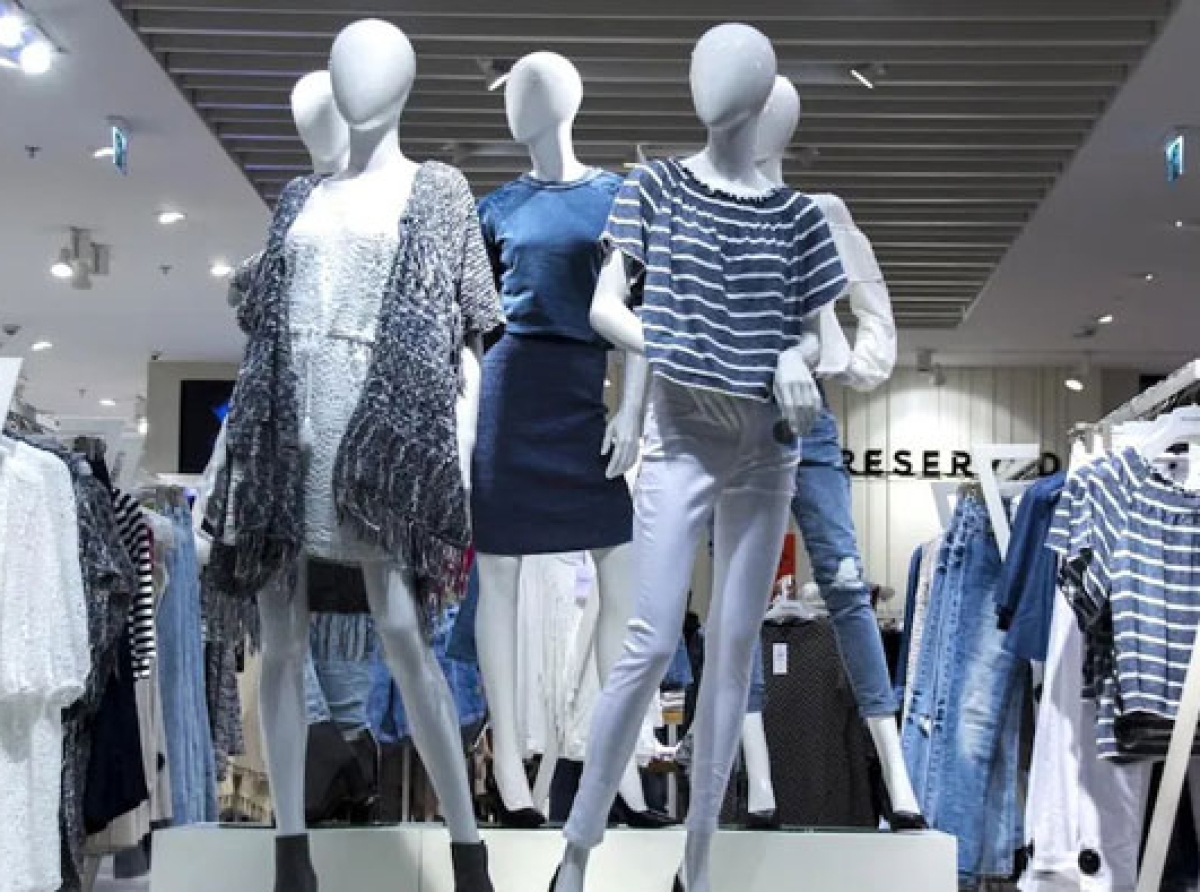
RELEVANT NEWS Shapewears popularity decline in India as consumers adopt body-inclusivity
Recently, though, there has been a growing trend toward wanting to consume more responsibly, which we can only hope will eventually become more relaxed than wearing the newest quick fashion fads, as seen in stores like PrettyLittleThing or BooHoo. Businesses are making significant progress toward a more circular business model, and Defra's Waste Prevention Programme encourages this.
RELEVANT NEWS GST MAY DRIVE CONSUMERS AWAY FROM VALUE BRANDS FEAR APPAREL RETAILERS
For instance, Arket promotes considering the long-term when shopping, and clothes should only be reused if they maintain a certain quality over time, and borrowing from others to decrease waste.
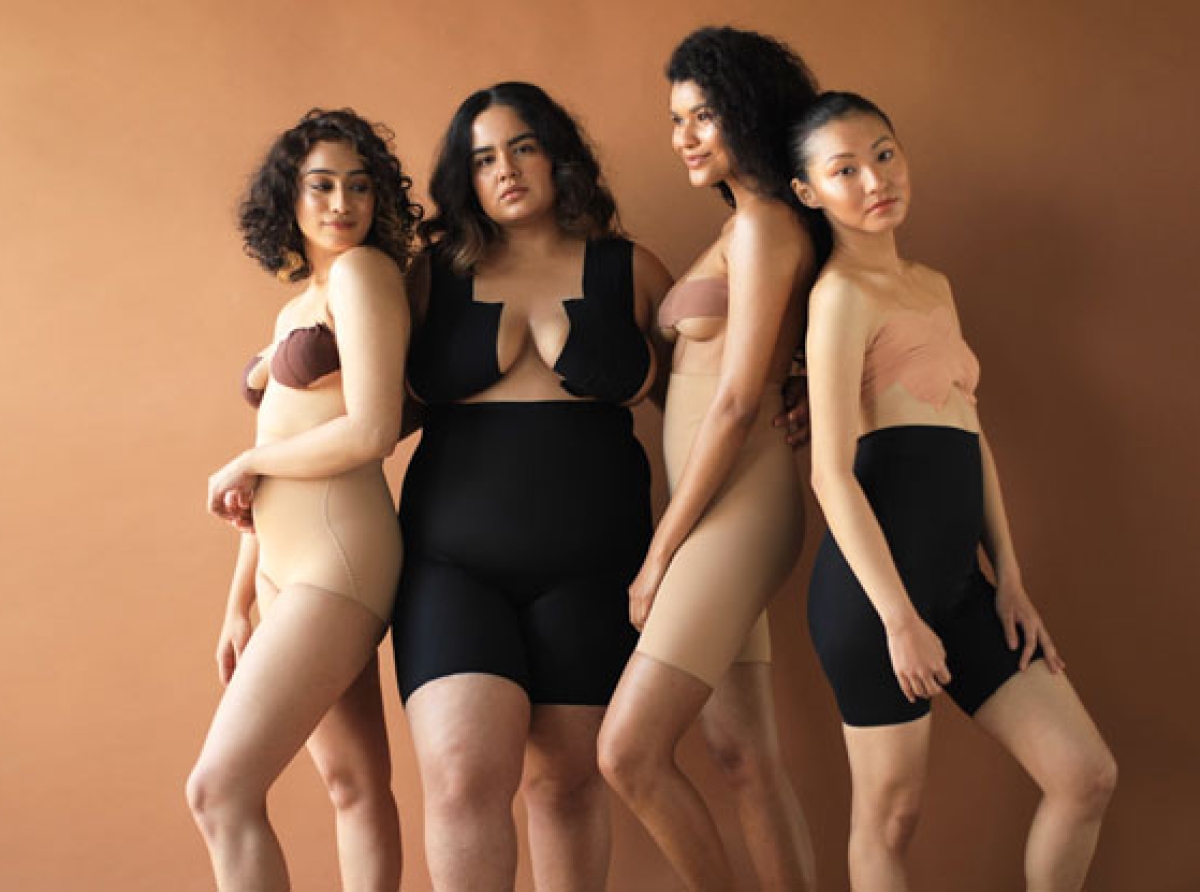
RELEVANT NEWS Fashion rental booms in India as consumers become more brand conscious and internet savvy
Pulse Check
To promote sustainable apparel purchasing, this study suggests style consumption. We achieve this by identifying style consumption's explanatory and outcome factors and looking at how these variables fluctuate according to gender.
We discovered that thrifty apparel consumption, fashion consciousness, and ecologically conscientious consumption increase the chance of style consumption based on an online survey with 586 consumers.
According to Oxfam, there are approximately 11 million items of apparel sent to landfill per week in the UK, and only 12% of the material used for garments is from recycled sources.
Join our community on Linkedin

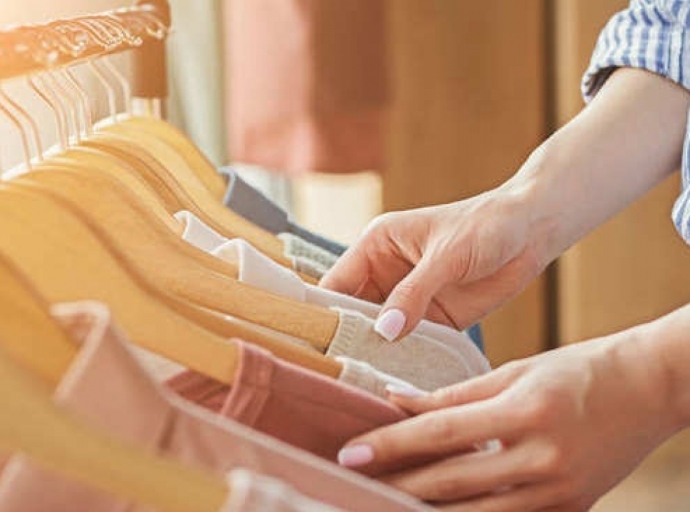


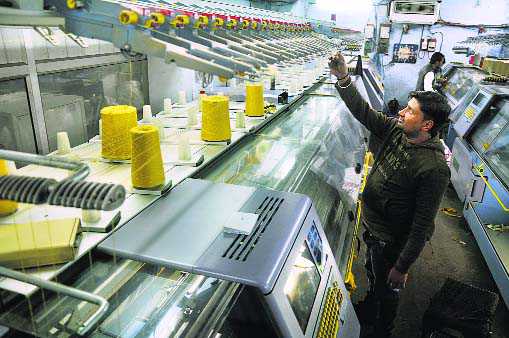
_large.jpg)


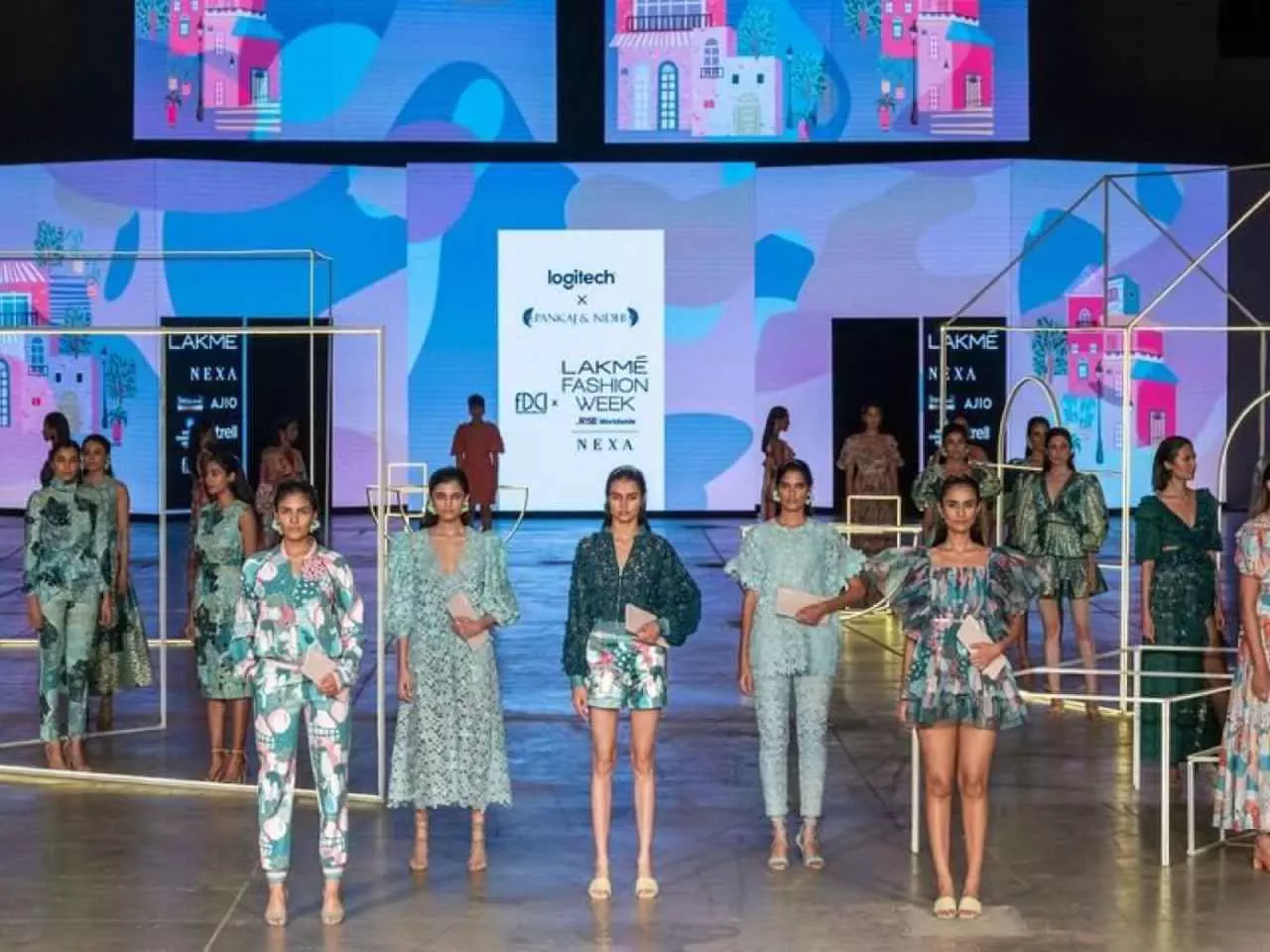
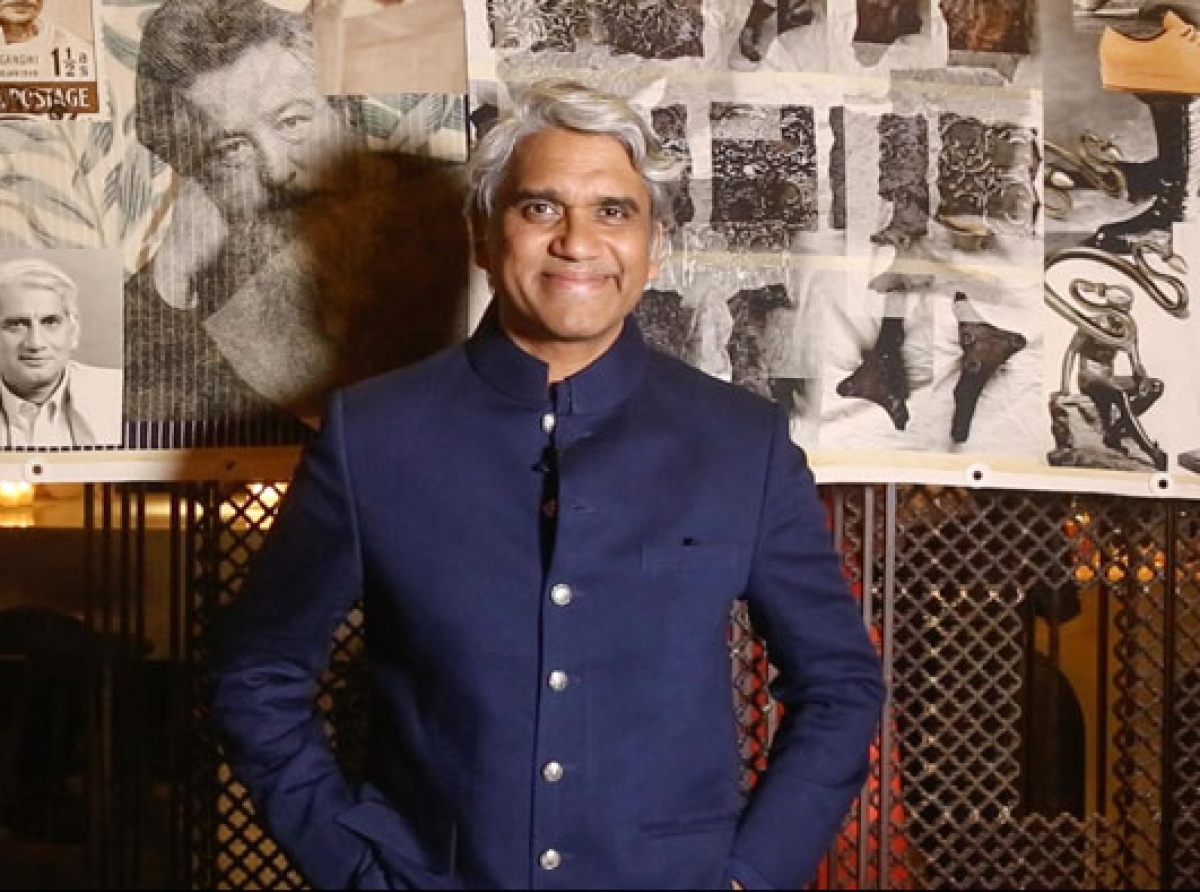



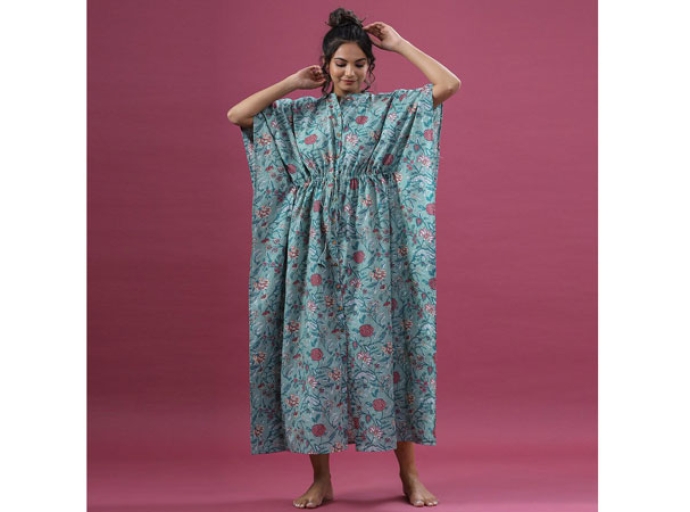
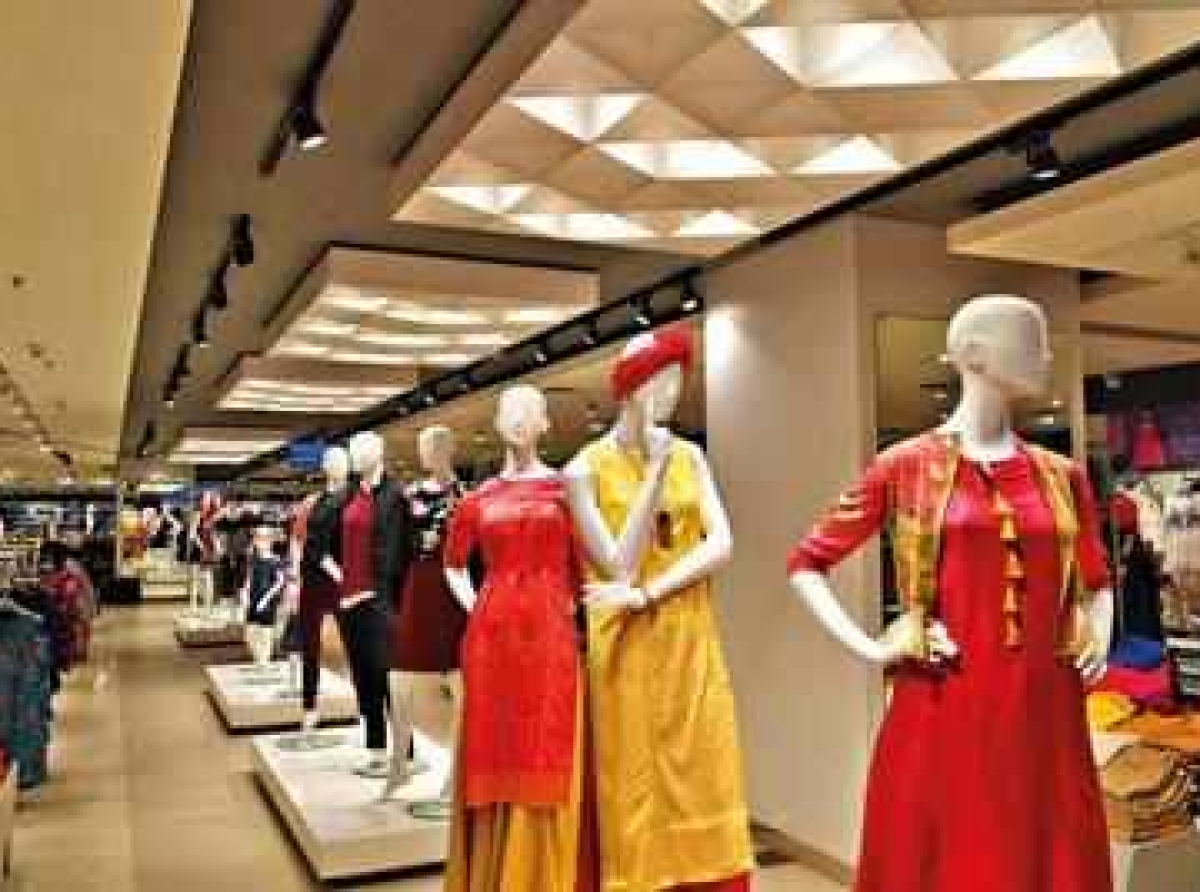
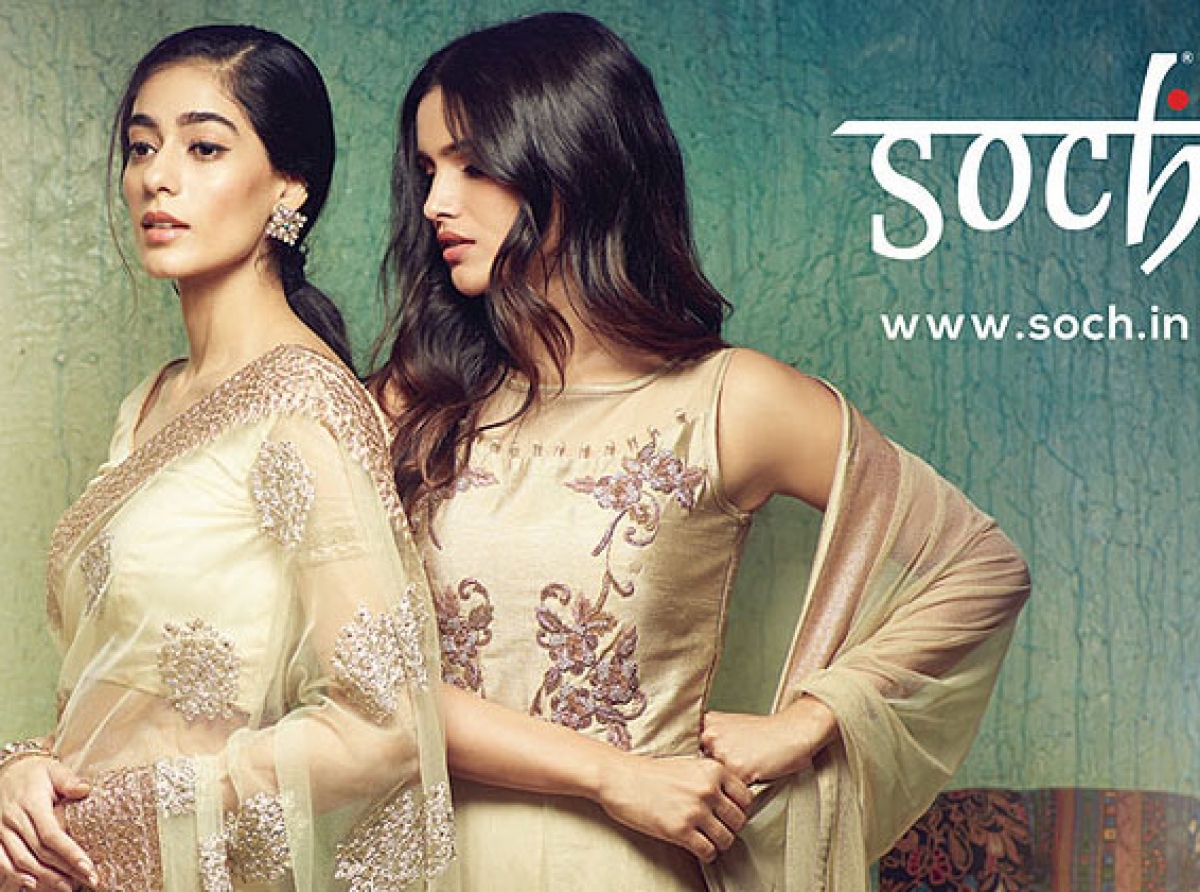
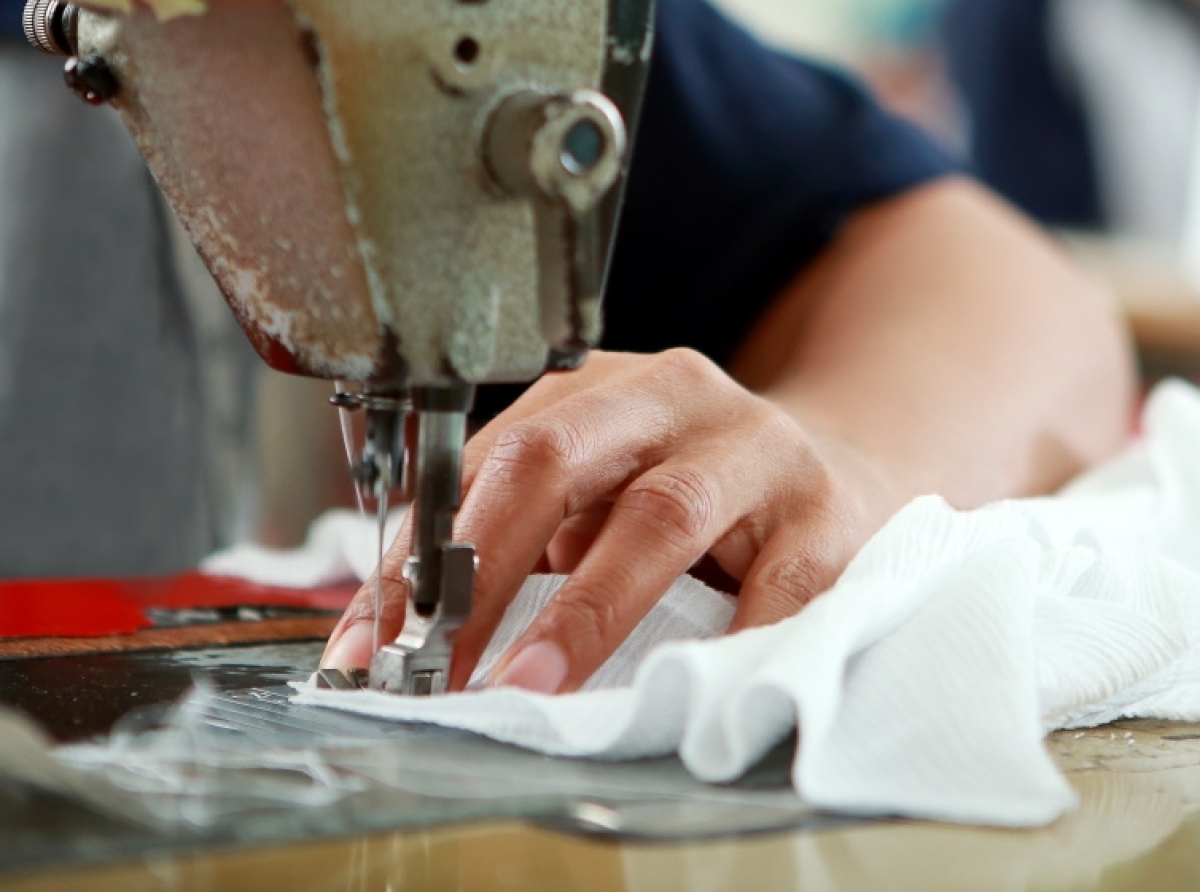
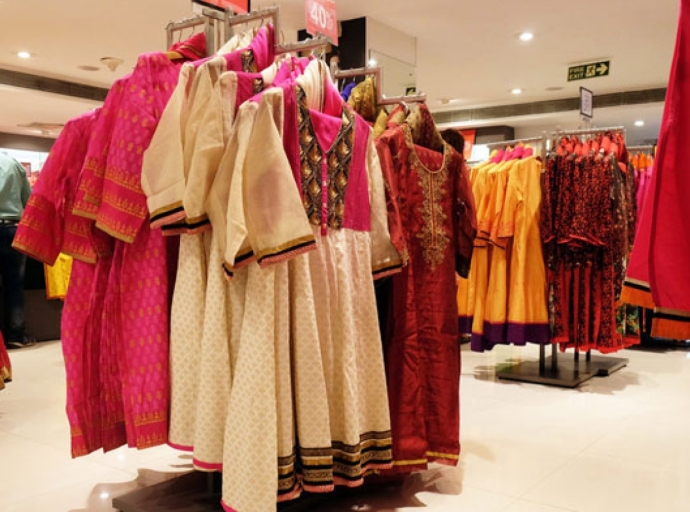





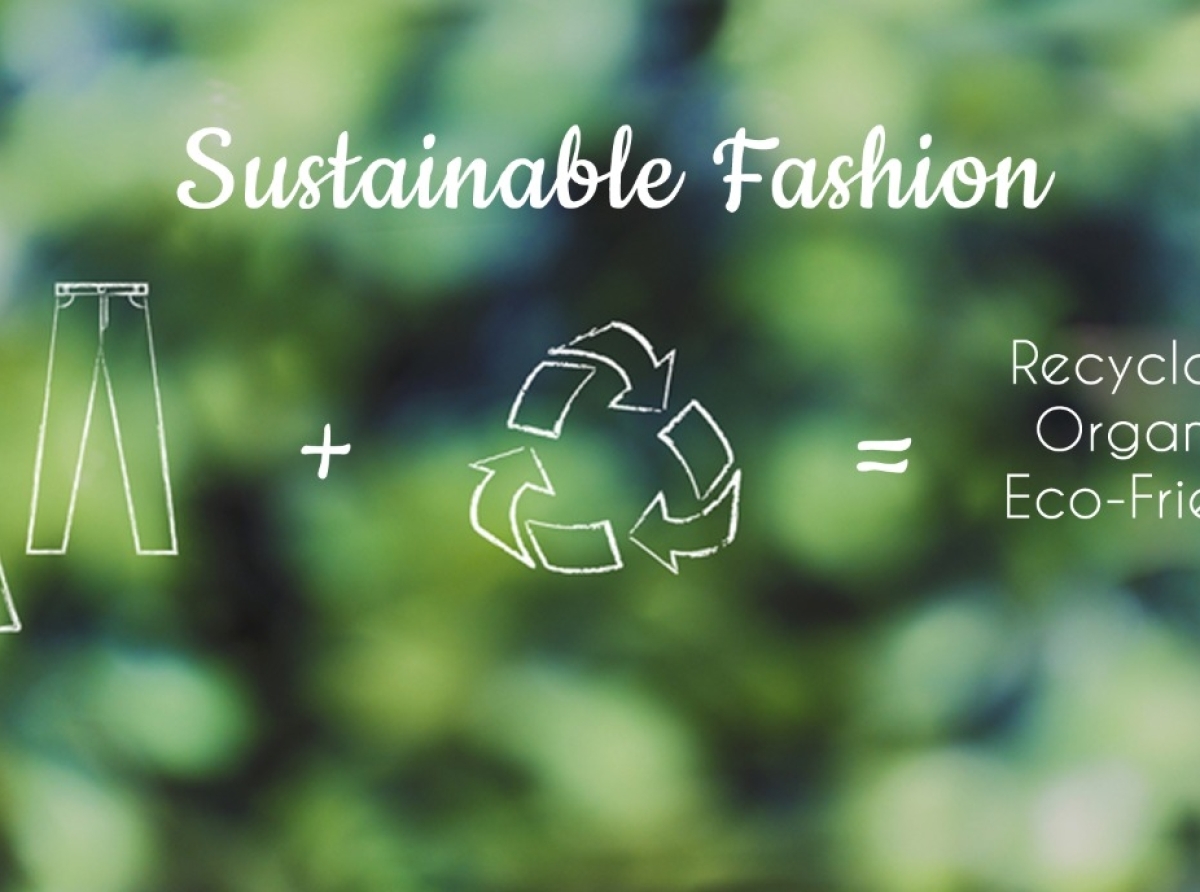


_large.jpeg)
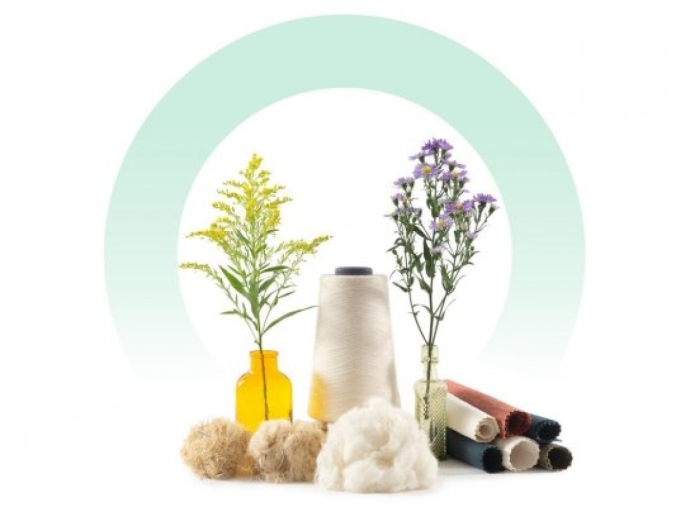
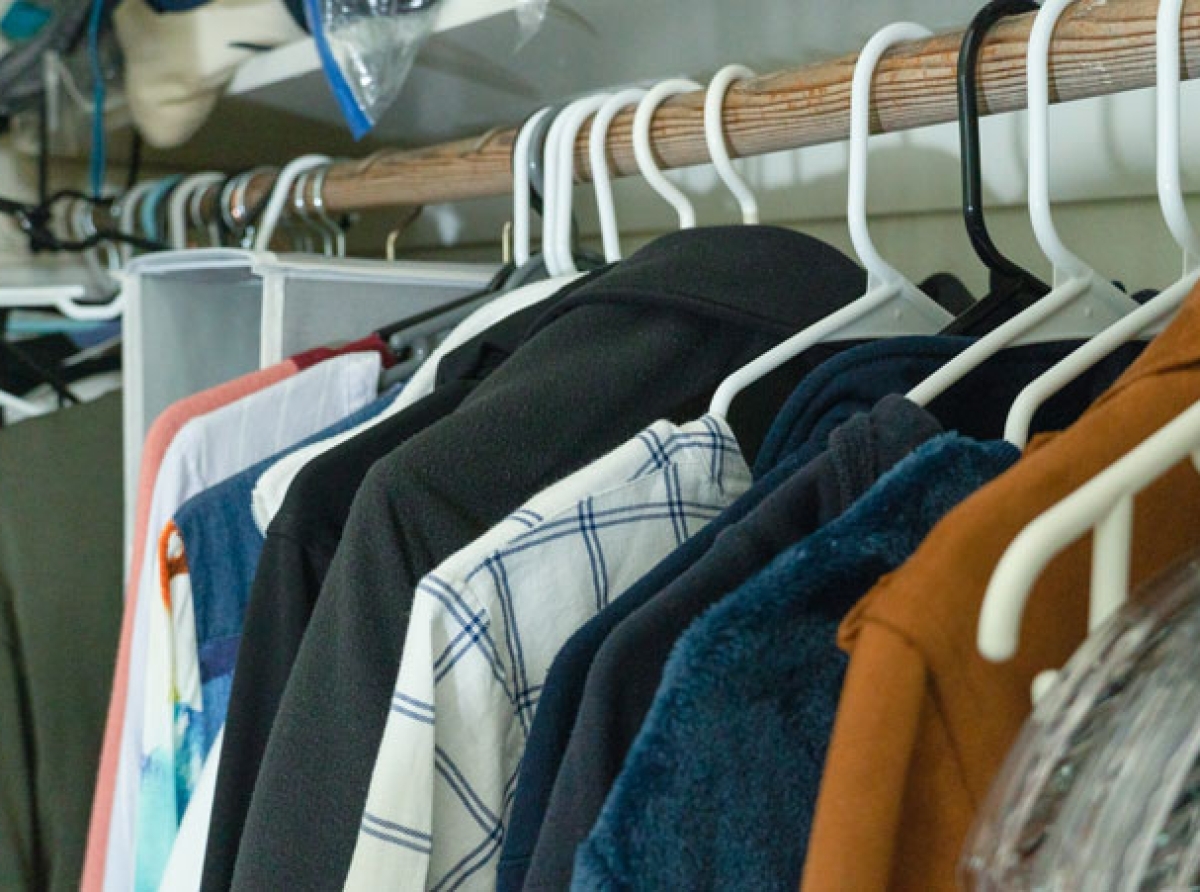

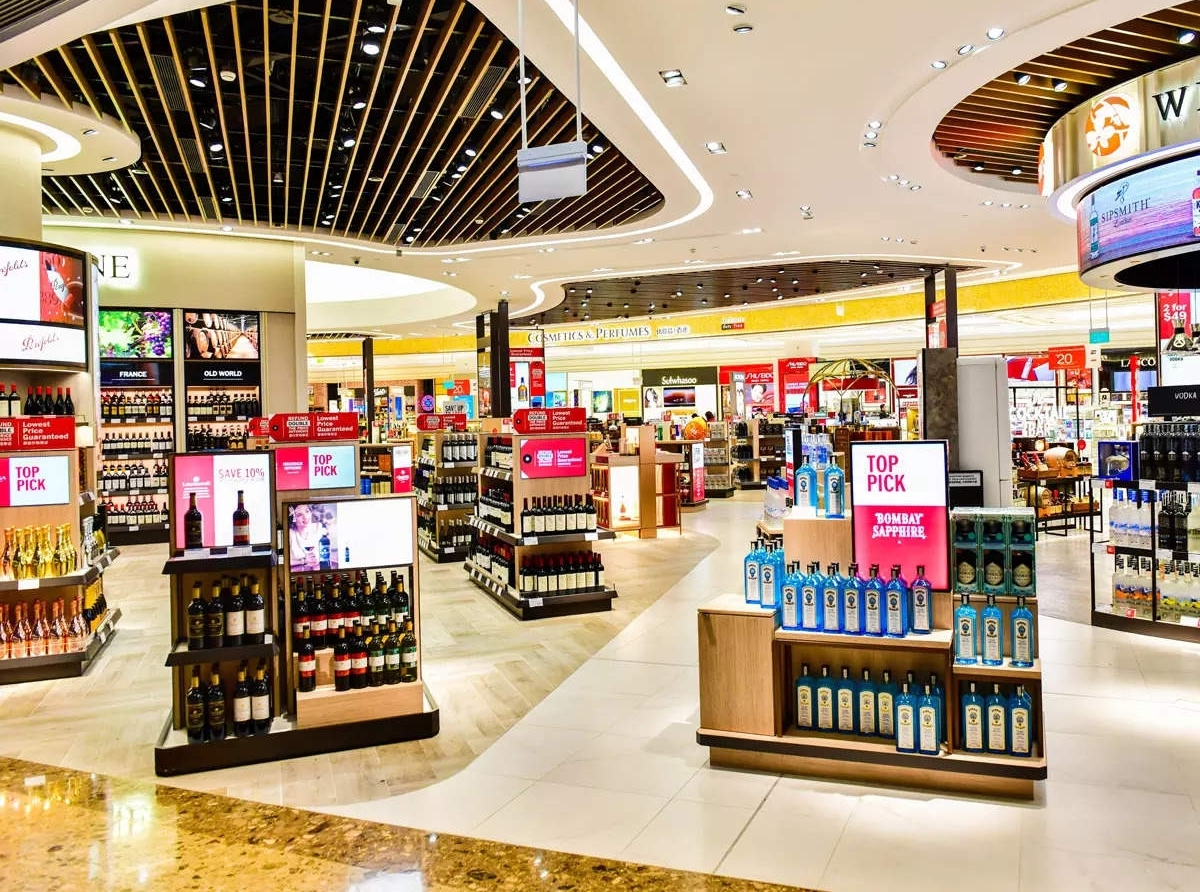
_large.jpeg)
